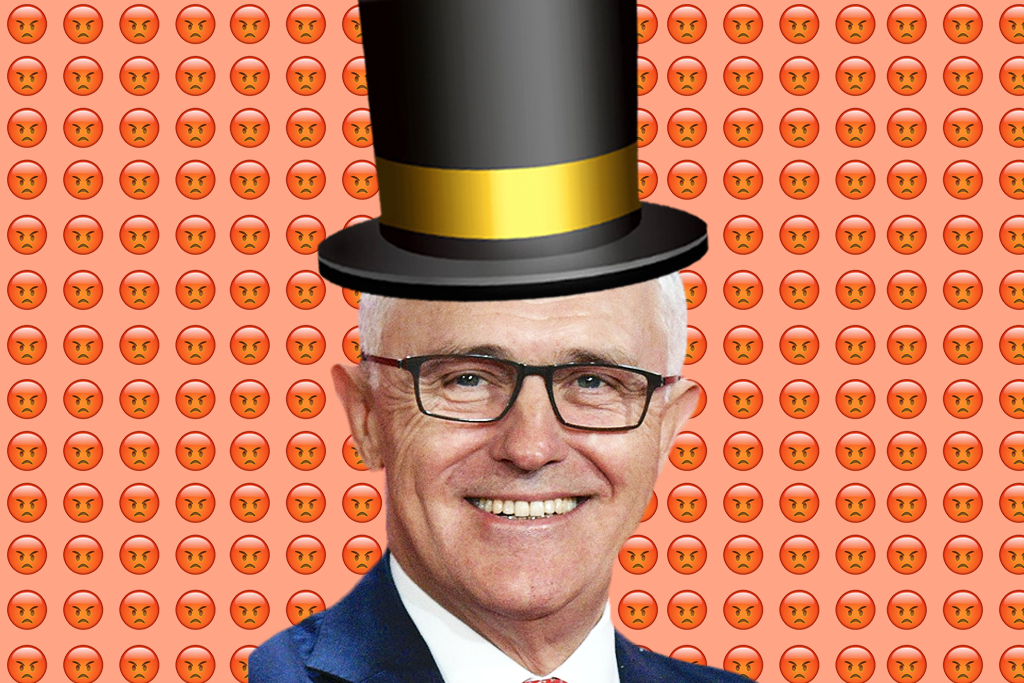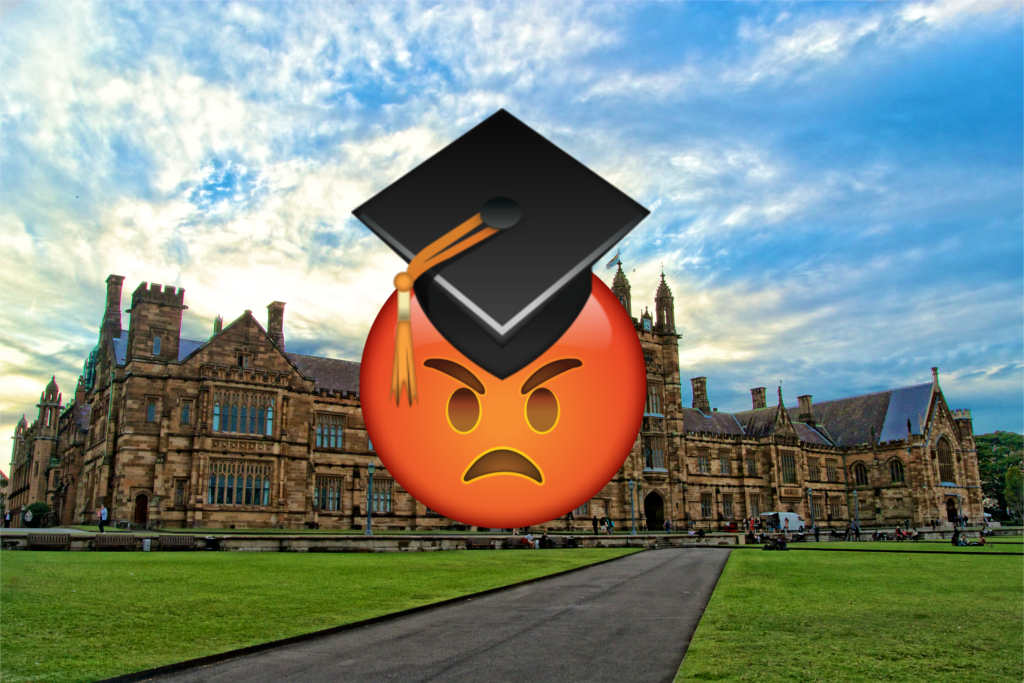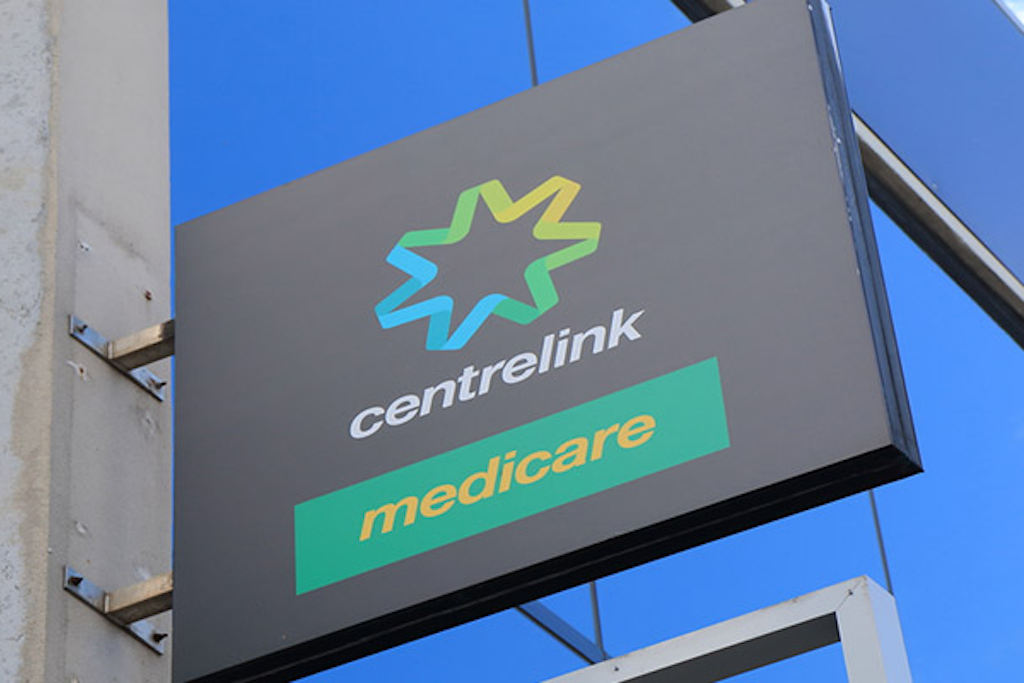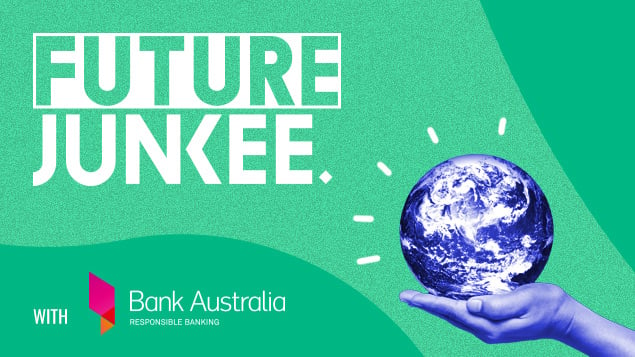This Is What It’s Actually Like To Be A Young Person In Australia Today
Forget the jokes about avocado toast: Here are some facts.

This post was originally published in May 2019, but it’s still relevant, so read it anyway.
A lot has been made of the potential power of young people this federal election.
This is, after all, the first federal election for the tens of thousands of younger voters who joined the electoral roll during the postal survey on marriage equality. And it’s the first federal election for many of the older students involved in the School Strike 4 Climate, which saw more than 1.5 million young people take to the streets to protest the Coalition’s inaction on climate change.
This will be the first federal election for the 100,000 mainly younger voters who @AMEquality got on the electoral roll during the #marriageequality postal survey. I’m pretty sure they will have something to say and will make a huge impact this election #auspol2019 #AusVotes19 pic.twitter.com/nNfuGZXOCr
— Alex Greenwich MP (@AlexGreenwich) April 10, 2019
The youth movement driving both of those campaigns has already demonstrated its power; in an election where crucial seats will be decided by a tiny fraction of the vote, that power could be decisive.
And yet we’re just over a week out from the 2019 federal election, and the debate is farcical. Politicians are busy being photographed on the streets introducing themselves to voters in the wrong language. Any time they don’t spend in tokenistic engagement with the public is spent on smear campaigns. The few policies and promises that filter through all that noise don’t speak to young people and the things they care about.
“We’re just over a week out from the 2019 federal election, and the debate is farcical.”
At this stage, it’s not clear if the major parties are underestimating young people, or if they simply don’t understand what it’s like to be a young person in Australia today. After all, the vast majority of current federal politicians are baby boomers, or sitting on the cusp of Generation X.
Conveniently, Scott Morrison and Bill Shorten were born a year apart, so let’s use them as an example. They were in their twenties in the 1990s, when things were very different to the way they are now. The young voters of today look nothing like the young voters of Scott Morrison and Bill Shorten’s youth. They’re unlikely to be placated, or enthused, by the same kind of policies that sound reasonable and fair to previous generations.
That’s not a consequence of millennial entitlement, either (avocados, anyone?). Young people today face more than a few obstacles that were simply absent, or much easier to overcome, for the young people of Scott Morrison’s generation. The situation in the US is well documented, but things aren’t great for Australian millennials either. Housing stress is higher. Costs of living are higher. Work options and career paths have shifted irrevocably. The environmental future is increasingly uncertain, and increasingly scary.
This is what it’s actually like to be a young person heading into this federal election. Take note, if you want a future in this country’s Parliament.
Housing Costs Are Hitting Young People Hardest
Let’s start at home, which isn’t so sweet these days. For the majority of young people today, owning a house is now difficult, verging on impossible — not just in the near future, but in our lifetimes. We’ve all heard politicians blame this on everything from millennial laziness to too many avocados, but the rules of the game have also shifted significantly since today’s leaders were young.
“Housing is much harder to attain for young people today than it was when ScoMo and Shorten were young.”
Let us count the ways housing costs have risen: Over the 20 years from 1997 to 2017, the median house price in Australia increased from $140,000 to $540,000 — and it’s significantly higher in the major capitals.
Income has risen over that time too, but house prices have grown much faster. The proportion of households in housing stress (when you’re paying more than 30 percent of your income on housing, and you’re also in the bottom 40 percent of income distribution) has gone up over that time too, and it’s gone up much more steeply for renters. Home ownership rates have plummeted, especially for people under 35.
In short, there are a lots of different numbers involved in housing stress, and lots of different ways to try to spin those numbers. The upshot is the same, though: housing is much harder to attain for young people today than it was when ScoMo and Shorten were young.
Can’t Buy, Can’t Rent
For young people today, rent eats up a bigger slice of every pay check. Even if you earn enough to start saving for a house of your own on top of your current rent, house prices have risen so much that saving a deposit takes longer. In the early 90s, when today’s politicians were young, it took around six years to save a 20 percent deposit for the average home. Today, it takes closer to ten years.
And again, that’s if you have the money to start saving. A recent report by Anglicare Australia found that in most Australian capital cities, there are literally zero rental properties considered affordable for a person on Newstart or Youth Allowance (affordable, in this case, meaning rent below 30 percent of income). That’s worth repeating: Zero. Not one. Zilch.
If you’re a young person relying on those payments when you first move out of home, or while you put yourself through uni, saving is difficult. And the ten years it takes to save a deposit on a house only starts once you’re earning enough to save.
For many young Australians today, that puts the very first step on the housing ladder firmly out of reach.
Young Australians Are Drowning In HECS Debt, While Many Of Today’s Politicians Went To Uni For Free
The cost of education has also risen sharply since Scott Morrison and Bill Shorten were young. Scott Morrison has been cagey in interviews about exactly when he went to uni, but some or all of his degree would have been completed before HECS was introduced in 1989 (that is, when university was free). Bill Shorten graduated from a Bachelor of Arts in 1989, and from a Bachelor of Laws in 1992 — one of those degrees would have been free, while the other was completed during the early years of HECS, where students were just charged a flat fee of $1,800 for all degrees.
Needless to say, the HECS system has changed a lot since then. As of the 2016-17 financial year, the average HECS-HELP debt was $20,303. More than 150,000 Australians have a HECS-HELP debt of more than $50,000. More than 14,000 Australians have debts above $100,000. And just last year, the government — with Scott Morrison as Treasurer — dropped the HECS repayment threshold from $55,000 to $45,000. That new level kicks in on 1 July this year — that means that once you start earning more than $45,000 a year, you must start paying off your debt.
Basically, young people today leave university with debts of, on average, $20,000 more than Scott Morrison and Bill Shorten had at that age. Every dollar we pay back in HECS is a dollar the politicians of today got to put towards a down payment on a house, or a holiday, or something else they wanted.
It doesn’t help that young people today are also leaving university with shittier job prospects. Older Millennials graduated during the 2008 financial crisis and its aftermath; younger Millennials are still feeling the effects.
And even setting aside the GFC, the full time employment rate for recent uni graduates has been falling for decades. A 2017 Productivity Commission report showed that from the late 1980s to 2015, the proportion of recent graduates who were able to find full time employment four months after finishing their degrees fell from 90 percent to 70 percent. Of those graduates who did find full time work, close to a third are in work that does not require or have anything to do with their degree. $20,000 is a hefty debt to take on for, say, a minimum wage full time job that doesn’t relate to your field of study at all.
And all that, of course, just applies to uni graduates. Young Australians studying at TAFE have also faced funding cuts and a difficult job market, and disadvantaged schools are still struggling for funding.
Working Harder Or Hardly Working? Both, Actually
The workplace and jobs market have also changed quite a bit since Scott Morrison and Bill Shorten were starting out. Underemployment has risen. Wages have stagnated. Insecure and casual work, arguably, is more widespread. It’s hard to simplify this stuff because every single number is surrounded by debate, but the upshot is this: over the past few decades, it’s been getting harder to find a full time job (let alone one that you like), and pay for those jobs isn’t rising nearly as fast as the cost of living in a major city close to those jobs.
Let’s start with the underemployment rate. “Underemployed” workers are people working part time who want to work more hours — basically, think about people who’d love a full time job, but can’t find one. According to the 2018 HILDA survey, the underemployment rate has risen hugely over the last 40 years. In February 1978, just 2.6 percent of the population was underemployed. In February 2017, underemployment reached an all time high of 8.7 percent. The underemployment rate is currently highest in the 20-24 age bracket.
Even for those in full time work, wages are often less than ideal. In 2016, wage growth was at an all-time low. Government payments like Newstart and Youth Allowance, meanwhile, haven’t risen in real terms for close to two decades. Newstart, for the average recipient, works out to around $17 a day after housing costs.
The Bigger Picture Is Bleaker For Young People Today
Of course, every young person’s experience is different. Many young people in Bill Shorten and Scott Morrison’s generation really struggled. Many young people today experience all kinds of privileges that protect them from some or all of the challenges this article has described.
In general, though, here’s a picture of how, for many young Australians, life today looks nothing like it did when Scott Morrison and Bill Shorten were young.
Imagine that you’re a young Australian in your early twenties. You may have just finished uni or TAFE, or you may have spent the past few years working, most likely in a minimum wage job.
If you’re one of those young people today, at best you’re debt-free. If you went to uni, the more likely scenario is that you have a HECS debt of, on average, around $20,000 dollars. Depending on your degree, this could be closer to $50,000, or even $100,000.
If you were a young person in Scott Morrison and Bill Shorten’s generation, there’s a chance your entire university education was free. If you did finish your degree owing a debt, it was almost certainly below $10,000.
Keeping that debt in mind, let’s think about work and housing. If you’re a young person today, you might have managed to find a decent paying job that’s relevant to your skills and interests, but there’s a good chance that you’re actually working a low-paying job that has nothing to do with your degree. You might be working full time, or you might be making do with a part time job if there are simply no full time jobs in your field. There’s a good chance you’ll spend at least a few months on Youth Allowance or Newstart to tide you over.
Many of those things were similar in Scott Morrison and Bill Shorten’s day, but the cost of housing wasn’t. Young people today are spending a larger chunk of each pay check on rent — and if you’re a young person on Newstart, or working part time because there are no full time jobs for you, that chunk could be massive. If you’re a young person on a lower income, chances are you’re not managing to save much — if anything — and it has nothing to do with how many avocados you’re eating. And if you do manage to snag a pay rise, chances are it’ll pretty quickly tip you over the HECS repayment threshold, in which case a chunk of that extra income will start going towards that $20,000, $50,000 or $100,000 debt.
“It’s comparatively rare, today, to have the experience that was open to young people in Scott Morrison and Bill Shorten’s day.”
If you’re a young person in that position today, it’s realistically going to be a few years — at the very least — before you can even think about saving for something like a deposit on a house. Once you start seriously saving, it’ll likely be a good ten years before you can afford a 20 percent deposit. If you manage to reach that point, then you’ll have a mortgage for the new few decades. The later you’re able to start, the later you’re able to finish, and the more you miss out on. And that’s not to mention some of the things you’ll miss out on that previous generations took for granted, like, say, an overseas holiday.
It’s comparatively rare, today, to have the experience that was open to young people in Scott Morrison and Bill Shorten’s day: to finish university debt free, with the option to rent an affordable property and start saving right away. For many people of Bill Shorten and Scott Morrison’s generation, it was relatively straightforward to have a 20 percent deposit on a house saved up by your mid-to-late-twenties, and to be a home owner by the time you turned thirty.
Today, you’re in a pretty lucky position if you’re able to do that. And even if you do, you’re still living in a world where the looming threat of climate change will almost certainly affect your future. The stakes have changed.
The Stakes Have Changed, And The Future Has Changed
Young people today are living with one more threat that Scott Morrison and Bill Shorten never had to contend with: the future of climate change.
It’s hard to make something like climate change sound as immediately threatening as low wages, or high housing costs. In part, that’s because society as a whole has yet to actually take climate change seriously. We still have a government pushing for new coal developments instead of rushing to head off disaster.
If this sounds dramatic, you’re out of touch. Young people today have lived their entire lives hearing about the threat of climate change, and knowing that they will live to see its consequences. Those consequences have already begun, and for young people in rural and regional communities in particular, they have begun to be devastating.
The threat of climate change weighs on an entire generation. That was demonstrated just a few weeks ago when 1.5 million people took part in the School Strike for Climate. But the way it feels to be threatened by something like climate change is not easy to convey to a generation who have never experienced that feeling. Scott Morrison, for one, has demonstrated that he does not get it. Things were different when he was young.
But a new generation will start heading to the polls soon — some will vote for the first time next week. With every passing election, that generation will hold more of the power. It’s crucial, then, that politicians start to get their heads around what it looks like to be a young Australian today. It would be a mistake to overlook us.
Sam Langford is Junkee’s News & Politics Reporter. Follow them on Twitter @_Slangers.




